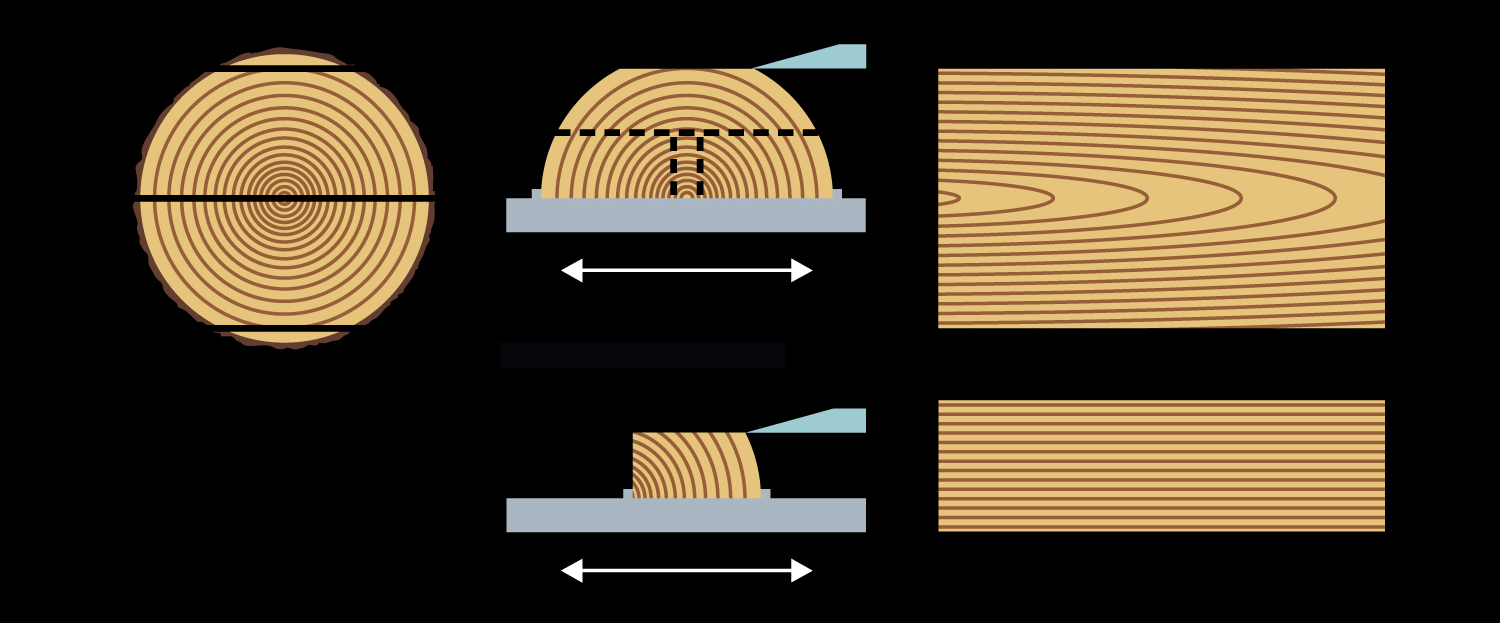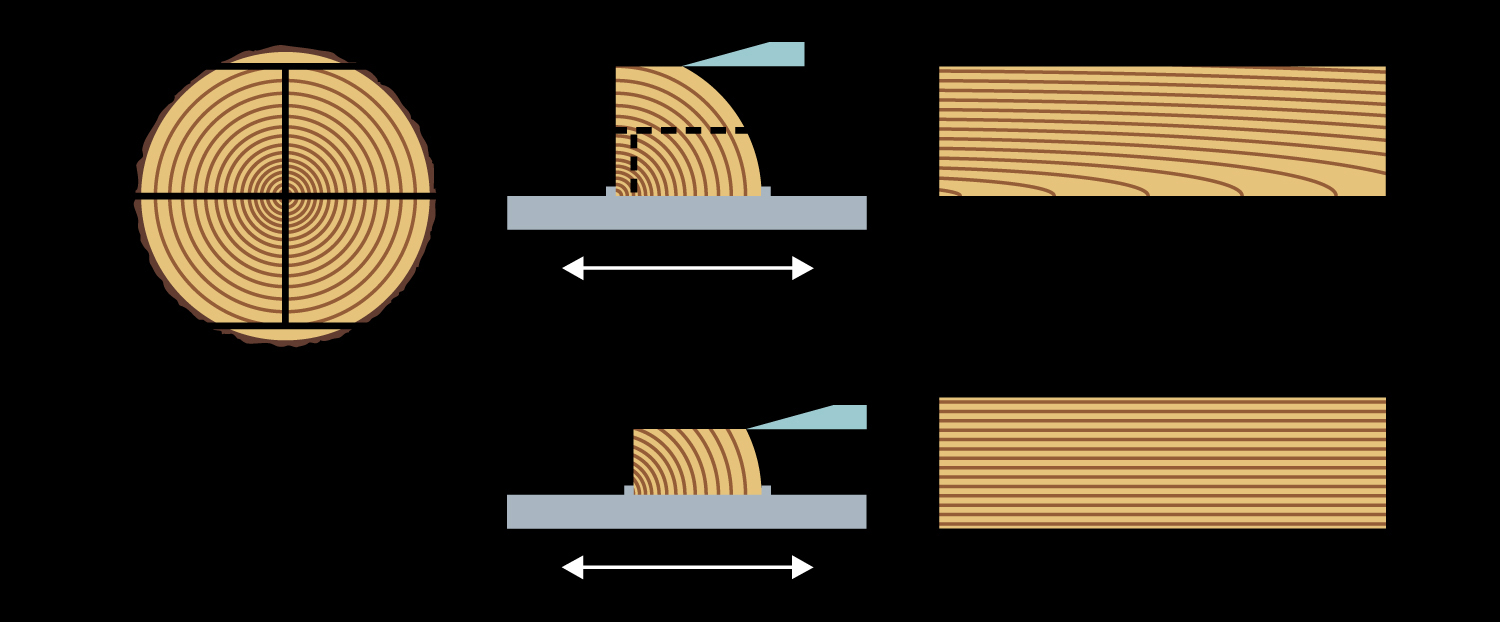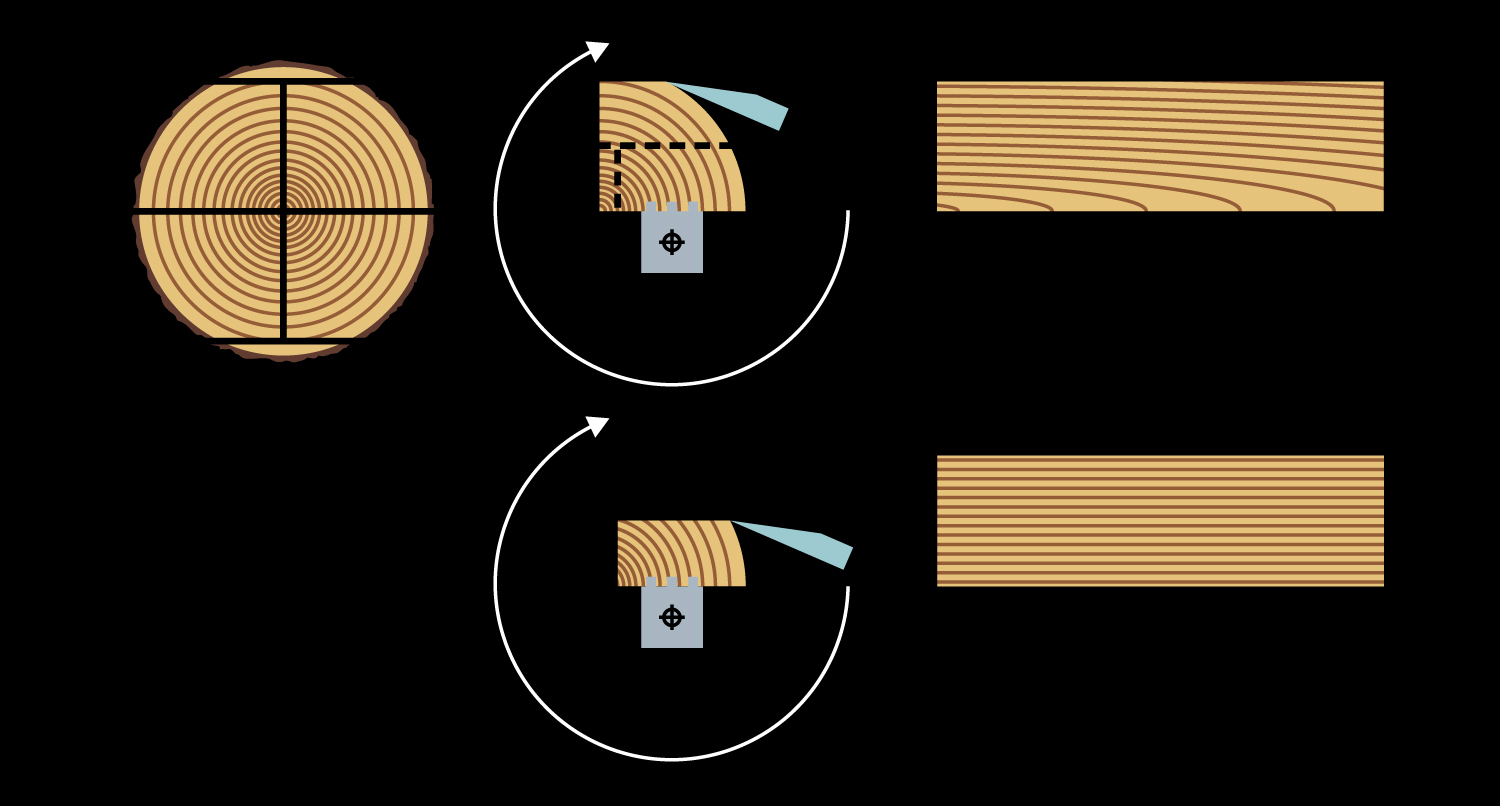Apart from veined wood, the structuring growth rings are always located relatively concentric. Would you now slice a log simply lengthways, it would result in very different veneer pictures throughout the parcel, which is not wanted. Therefore, the log is divided into flitches during preparation, in order receive preferably homogenous veneer pictures throughout the entire […]
Lorem ipsum dolor sit amet, consectetuer adipiscing elit. Aenean commodo ligula eget dolor. Aenean massa. Cum sociis natoque penatibus et magnis dis parturient montes, nascetur ridiculus mus. Donec quam felis, ultricies nec, pellentesque eu, pretium quis, sem. Nulla consequat massa quis enim. Donec pede justo, fringilla vel, aliquet nec, vulputate eget, arcu. In enim justo, rhoncus ut, imperdiet a, venenatis vitae, justo. Nullam dictum felis eu pede mollis pretium. Integer tincidunt. Cras dapibus. Vivamus elementum semper nisi. Aenean vulputate eleifend










